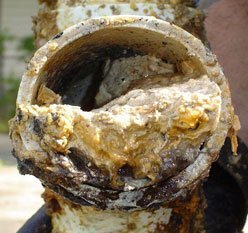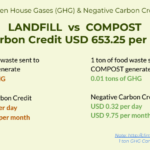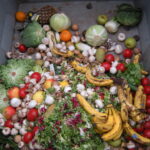Good Preventive Maintenance Planning to Stop Pipe Blockage
Piping

Piping refers to the system of pipes and fittings that are used to transport liquids, gases, and sometimes solids from one location to another. Piping can be found in many different applications, including residential, commercial, industrial, and agricultural settings.
Commercial premises such as hotel, hospital, shopping mall, condominium, government offices, and highly populated buildings used lots of piping and bends for their water application.
Piping systems are typically made from various materials such as PVC, copper, steel, and polyethylene, depending on the intended use, operating conditions, and other factors. Pipes come in different sizes and shapes, with the most common shapes being round and rectangular.
There are various types of piping systems, including:
- Plumbing: Plumbing systems are used for the distribution of water in buildings for domestic, commercial, and industrial use.
- HVAC: HVAC (Heating, Ventilation, and Air Conditioning) systems use piping to transport hot or cold air throughout a building.
- Fire Protection: Piping systems are used in fire protection systems to transport water and other fire suppression agents to areas where fires may occur.
- Process Piping: Process piping is used in industrial applications to transport chemicals, gases, and other materials used in manufacturing and production.
- Irrigation: Irrigation systems use piping to transport water for agricultural purposes.
Proper design, installation, and maintenance of piping systems are essential for safe and reliable operation. Piping systems should be installed according to industry standards and codes, and regular inspections should be conducted to ensure their continued safe operation.
Pipe blockage
A pipe blockage occurs when there is a buildup of debris, grease, hair, or other materials in the pipes, which restricts or completely blocks the flow of water or waste.
Here are some signs that you may have a pipe blockage:
- Slow Draining: If water is slow to drain from sinks, tubs, or toilets, this could be a sign of a blockage.
- Bad Odors: Blockages can cause unpleasant odors to come from your drains.
- Gurgling Sounds: If you hear gurgling sounds coming from your toilet or sink, it could be a sign of a blockage.
- Water Backing Up: If water is backing up in your sinks, tubs, or toilets, this could be a sign of a severe blockage.
How to unblock pipe
If you suspect you have a pipe blockage, here are some steps you can take:
- Try to Clear the Blockage: You can use a plunger or a drain snake to try and clear the blockage. Be sure to follow the manufacturer’s instructions and use caution.
- Chemical Drain Cleaners: Chemical drain cleaners can help dissolve blockages, but they can also damage your pipes, so use them sparingly and with caution.
- Call a Plumber: If you’re unable to clear the blockage on your own, or if the blockage is severe, it’s best to call a licensed plumber. They will have the tools and experience necessary to safely and effectively remove the blockage.
Preventive maintenance of piping
Preventing pipe blockage is essential for the smooth functioning of plumbing systems. It is always better than dealing with them after they occur.
Here are some tips to help prevent pipe clogging:
- Proper Disposal of Waste: One of the main causes of pipe clogging is improper disposal of waste. Make sure that only appropriate waste is flushed down the toilet or put down the drain. Never flush items like wipes, diapers, sanitary products, cooking grease, or other non-degradable materials.
- Regular Cleaning: Regular cleaning of pipes can help prevent buildup of debris and grime. You can use a chemical drain cleaner or a homemade solution of baking soda and vinegar to clean pipes.
- Install Strainers: Installing strainers on all drains can help prevent larger items from going down the drain and clogging the pipes. Strainers can be easily removed and cleaned.
- Regular Maintenance: Regular maintenance of plumbing systems can help identify potential problems and prevent clogging. It’s a good idea to have a professional plumber perform regular inspections and cleaning of pipes.
- Proper Use of Garbage Disposals: Garbage disposals are a common cause of clogging in kitchen pipes. Make sure to only put small amounts of food waste down the disposal and run plenty of water while it is in use.
- Tree Root Prevention: If you have trees near your property, it’s important to ensure that their roots don’t grow into your plumbing system. Regularly trim trees and bushes, and consider installing root barriers to prevent root growth.
By following these tips, you can help prevent pipe clogging and maintain a smoothly functioning plumbing system.
Based on experiences, its recommended by most building management to apply bio-enzyme or microbes on schedule basis. This good operation practices would,
- Ensure the lifetime of the piping.
- Reduce frequency of cleaning.
- Reduce sludge.
- Eliminate bad smell.
- Eliminate pest such as cockroaches.
Contact us
Every building have different capacity, daily operation, and community behaviours. Therefore, application, dosage, and methodologies of the microbes need to be customised accordingly. And, normally its recommended to trial for at least 2 to 4 weeks, before a Standard Operating Procedure is designed.
email : sales [at] cemax [dot] com [dot] my whatsapp : +60 16 207 5400




